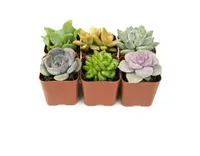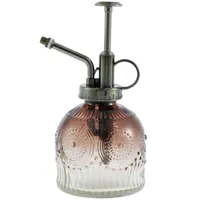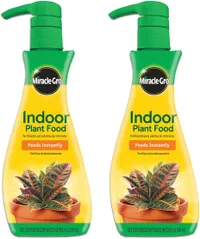Houseplant propagation mistakes – 8 common errors that are probably causing your cuttings to fail
Propagating houseplants might sound simple, but each method comes with its own pitfalls

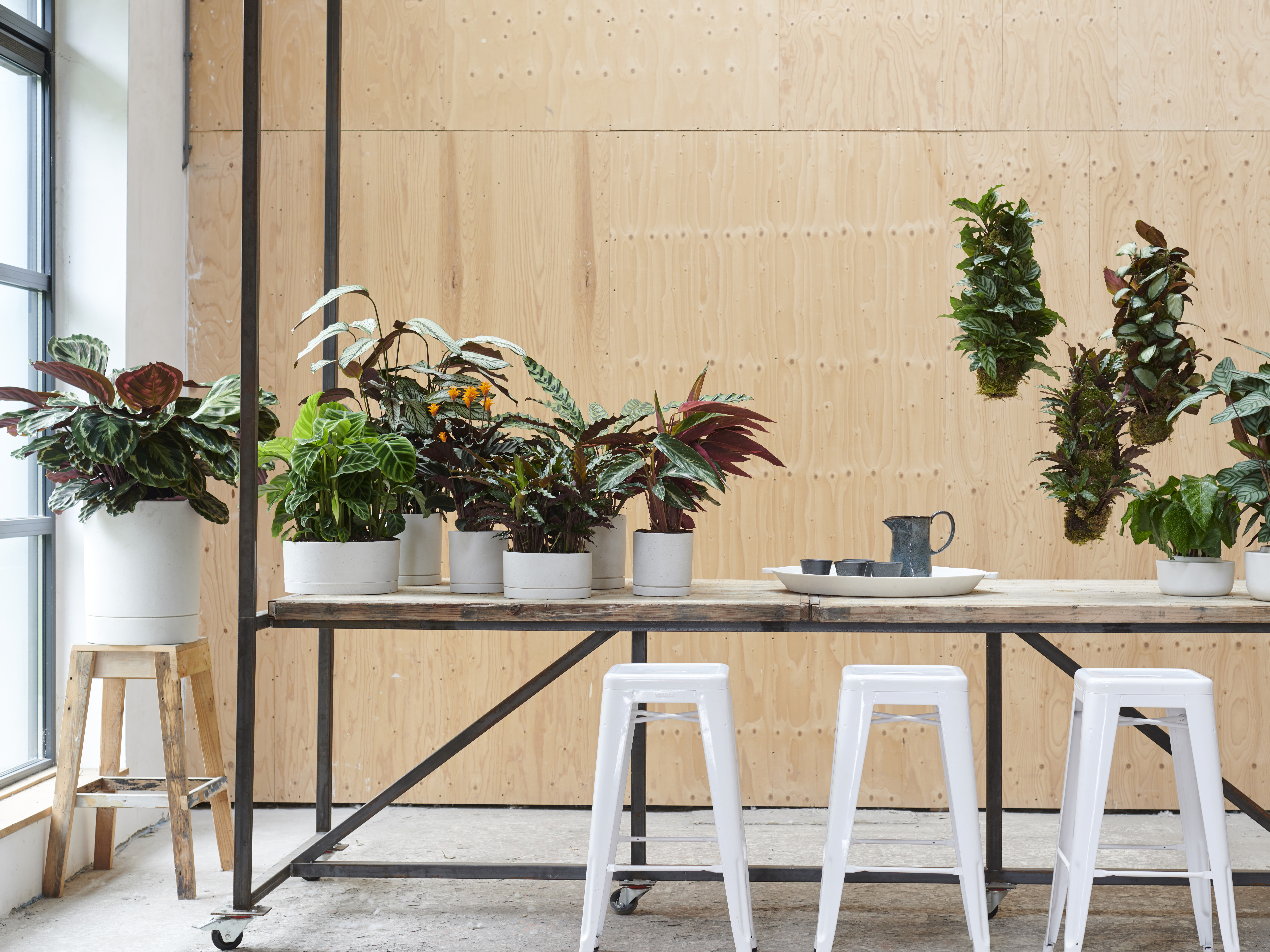
Propagating houseplants is a miraculous phenomenon. Once you realize you can multiply your favorite leafy friends for free, it can quickly become an obsession. Whether you're a seasoned plant mom or far from green-thumbed, on the whole, it's relatively quite simple, but there are some common errors that can cause you to kill your cuttings.
There are several different ways to propagate a plant - from putting stem cuttings in water to simply laying a leaf on a bed of soil - and although they sound pretty simple, each comes with its own pitfalls. You'll need to know the right method to use depending on the plant, the best time to take your cutting, and the conditions necessary for it to thrive. See - not so easy after all.
Luckily, we've rallied some plant experts to explain how to do just that. If decorating with plants is your bag, these are the eight most common propagation mistakes that you need to be aware of if you want to be rewarded with healthy baby houseplants each growing season. Follow these tips and you'll be expanding your leafy collection in no time at all.
1. Relying on the wrong propagation method
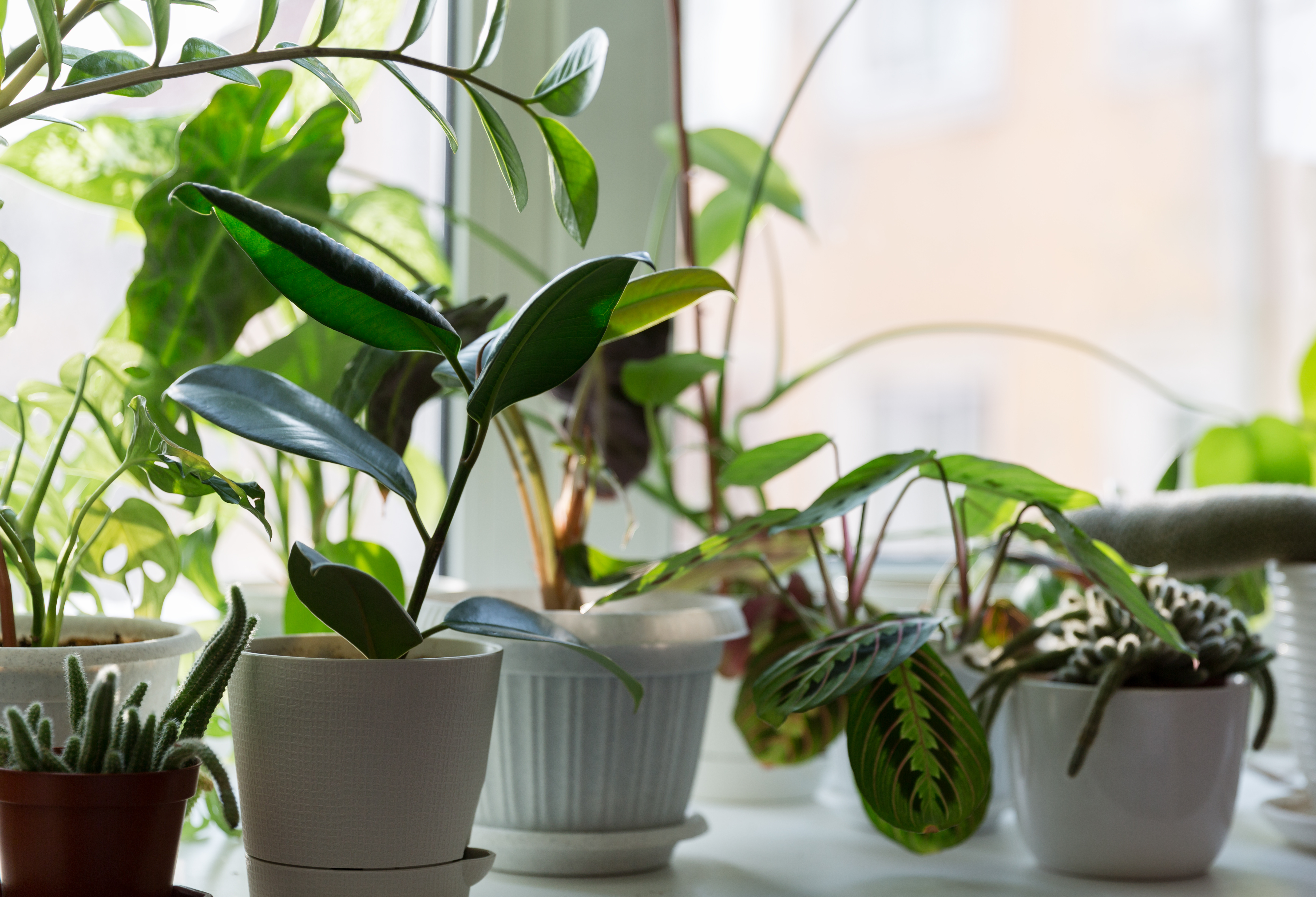
There are many different ways to propagate a houseplant. The most common method involves taking stem cuttings and placing them in water until they root, but it could also be a case of dividing a plant by splitting it into two (or more), placing a leaf on a bed of soil until new shoots form, or a process called air layering. Each technique has its time and place, and the first step to successful propagation is knowing when to use it.
'There are a wide array of different propagation methods and at times plant parents will execute a method on the wrong plant,' says Paris Lalicata, plant expert at The Sill. 'It's best to do the research on the plant you want to propagate as you can't propagate all of them the same way. For example, you can propagate a Peperomia using a single leaf that will sprout new growth but if you tried the same method on a Ficus you would only get roots and no offshoots to produce a new plant.'
Before you set out on your propagation journey, make sure you know what method you ought to use on your individual plants.
2. Using the wrong soil
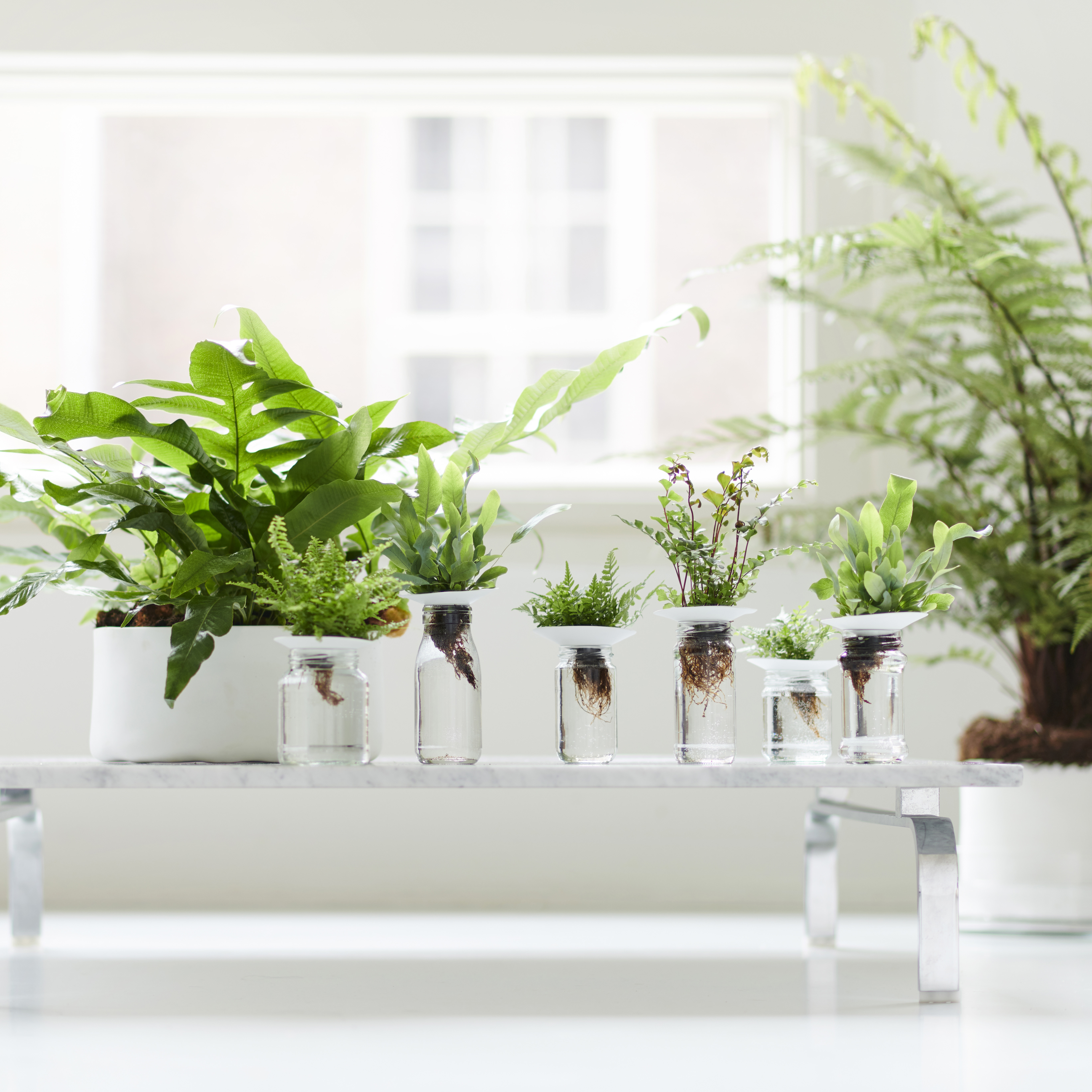
Whatever propagation technique you use, eventually you'll need to pot your cutting in some soil. Similarly to the method for propagating, the potting mix for containers you use will differ depending on the plant in question. Succulents, cacti, and other drought-tolerant plants will always prefer a porous and sandy potting mix while others like spider plants prefer a nutrient-rich soil that can retain more moisture while still draining efficiently.
The Livingetc newsletters are your inside source for what’s shaping interiors now - and what’s next. Discover trend forecasts, smart style ideas, and curated shopping inspiration that brings design to life. Subscribe today and stay ahead of the curve.
'Using the wrong soil can also lead to problems when propagating cuttings,' explains Richa Kedia, plant expert and blogger at Simplify Plants. 'Soil that is too dense or doesn't drain well can cause the soil to become waterlogged, leading to root rot. To avoid this, use a well-draining soil mix specifically designed for houseplants. This soil type will allow excess water to drain away from the roots, preventing the soil from becoming too wet.'
3. Taking an incorrect stem cutting
'Taking stem cuttings is the most common method of propagation but if the wrong cut is made, it will not root,' says Paris. Essentially, you always need to make sure you're taking the cutting from the right place on the parent plant. According to Paris, that should be a cut at an inter-node (the space between two leaves) about a 1/2 - 1/4 of an inch above a leaf.
'From there, you want to remove lower leaves on the cutting so they are not submerged in water (which will rot),' she continues. 'Those exposed nodes (where the leaves were attached) are where new roots will then form.'
Richa also emphasizes the importance of pruning your cutting before you submerge the stem. 'This will help the cutting grow strong roots,' she says. 'If you don't prune the cutting properly, it can become damaged and may not root properly.' Also, rule 101 of houseplants for beginners is the importance of using sharp, clean scissors or pruning shears to avoid damaging your parent plant.
6-Pack Assorted Succulents, Walmart
One of the easiest plants to propagate, succulents are a firm favorite in homes far and wide. This 6 pack of assortment is a perfect starter set for the budding succulent collector, with various colors, shapes, and textures. As they shed their leaves, many will even form new growth on their own accord!
4. Taking a cutting with too many leaves
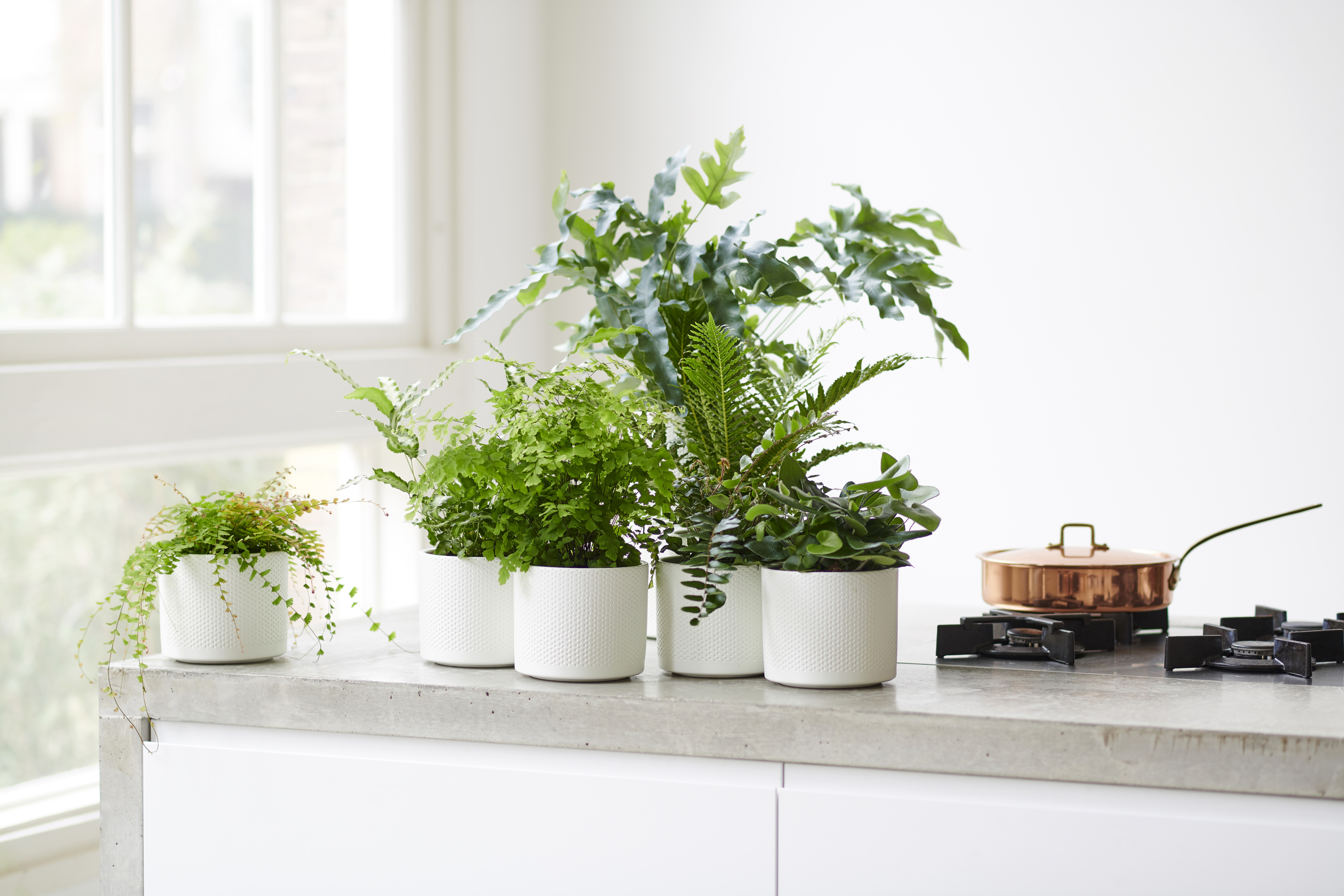
Learning to propagate plants is a skill that develops over time, and involves a fair amount of trial and error in the process. Knowing what to look for in the perfect cutting is part of the challenge, and a cutting with too many leaves is a tell-tale sign that your plant is unlikely to germinate.
'When taking a stem cutting, you want to ensure that there isn't an abundance of leaves on it,' notes Paris. 'You want the cutting to focus all its energy on creating roots rather than sustaining the leaves that are present. Normally if there are too many leaves on a cutting it will slow down the rooting process.'
You'll also need to be prepared for the fact that sometimes, despite doing everything right, a cutting may not take root and can die. 'This is why it's best to take a few cuttings at the same time to increase your chances of it being successful,' adds Paris.
5. Over or underwatering your cuttings
The question of how often you should water your houseplants will vary from plant to plant and climate to climate, but when watering your young cuttings, little and often is almost always the best course of action. This not only allows you to have more control so you avoid the risk of over- or underwatering, but it encourages you to check on the progress of your propagated plants at regular intervals.
According to Richa, overwatering is the most common failure. 'When propagating cuttings, it's important to ensure the soil is moist but not waterlogged,' she says. 'Overwatering can easily lead to root rot. To avoid this, wait until the top inch of soil is dry before watering your cuttings.'
On the other hand, neglect your watering regime too much and your baby plants will die. Young plants only have shallow root systems so they won't be able to suck up moisture from lower down their pot like an older plant can. Moist soil will encourage your cuttings to root in their soil, so keeping them hydrated is key. To avoid overwatering while still delivering enough moisture, misting your young cuttings is a good approach, especially if you're propagating from leaves.
To delicately water your cuttings, a plant mister is a must. This vintage-effect glass spritzer bottle is pretty as well as practical, the brown color gradient making it a statement decor piece for your shelf-scaping when not in use.
6. Insufficient lighting
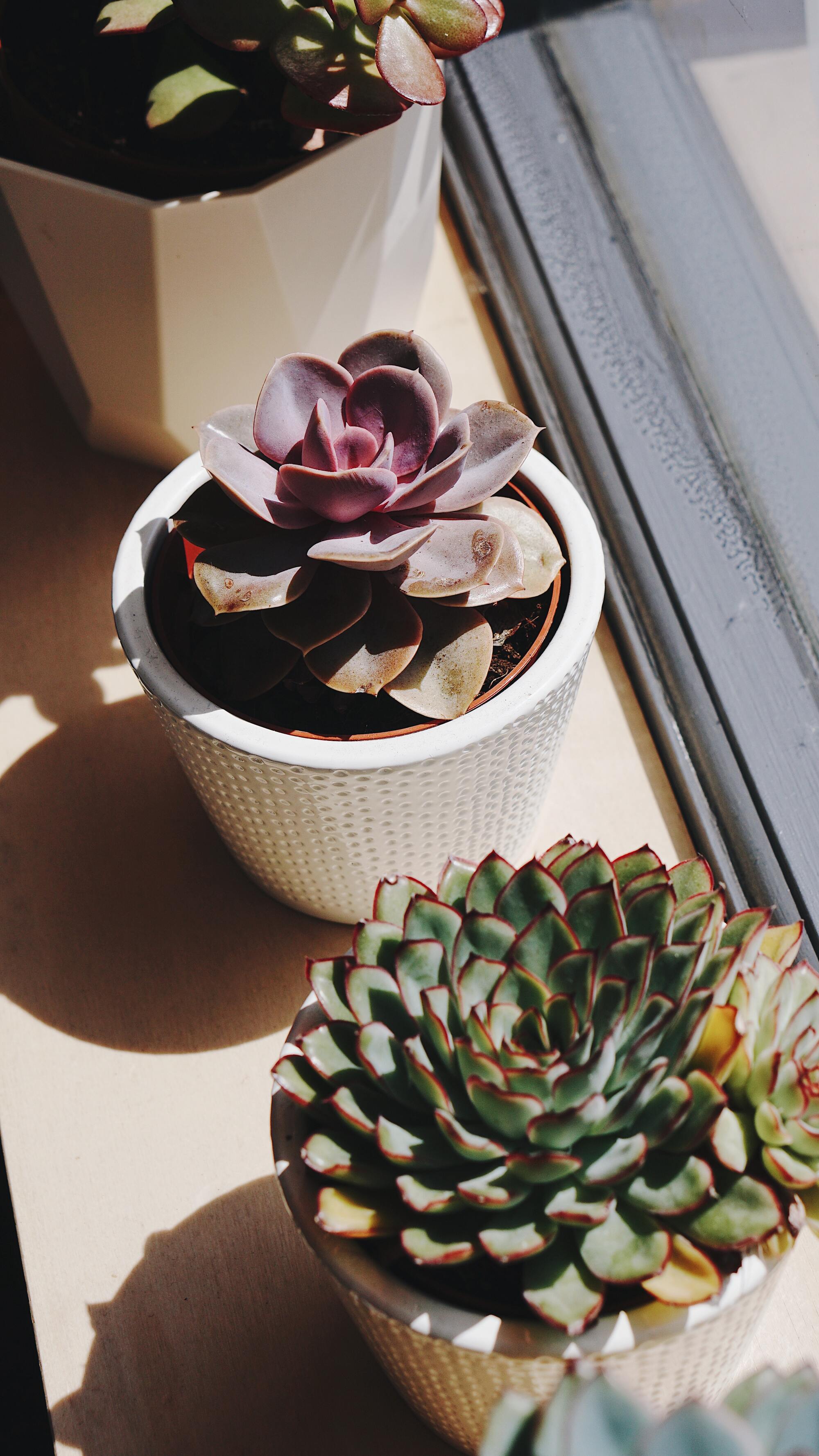
Just like a parent plant needs the right conditions to thrive, as do their leafy babies - arguably even more so. 'When propagating, it's best to provide plants with sufficient bright indirect light to ensure rooting,' explains Paris. 'If placed in lower light areas or far from a window, a cutting may not root as fast, or at all.'
A windowsill is usually the safest choice - especially when propagating succulents - but if your home lacks natural light, Richa suggests using artificial grow lights instead. 'Without enough light cuttings can become weak and spindly, making it difficult for them to grow strong roots,' she says.
7. Propagating - or potting - too early or late

Despite the fact houseplants live in the shelter of our four walls, they still have growing seasons that align with the climate outdoors. For that reason, propagation should really only be done during the growing season when plants are at their peak.
'Many plants are more difficult to propagate during winter when light levels and temperatures are lower,' Richa says. 'It's important to research the best time of year to propagate your specific plant.' If in doubt, we'd suggest waiting until spring or summer.
You also need to get the timing right when it comes to potting on your cuttings once they've rooted. 'When propagating in water, some plant parents rush the process and transplant their cuttings back into the soil too soon,' explains Paris. 'Generally, it's best to wait until roots are about 2-3 inches long before transplanting into soil.' However, there is also a risk of waiting too long to transfer. As Paris notes, water-grown roots are much more fragile than soil-grown roots. Wait too long and they won't be able to adapt.
8. Overfertilizing your cuttings
Many of us are guilty of showing our houseplants too much love, but you should know that the risks of overfertilizing your plants are even higher in the case of young cuttings. It's easy to think that a new baby plant will be grateful for a nutrient boost, but just like a human baby, these little youngsters aren't cut out for adult food.
As Richa notes: 'When propagating cuttings, it's best to avoid fertilizing until they have established roots. Once the cuttings have rooted and grown, you can then start fertilizing with a diluted solution.' After your new plants have taken to the soil and show signs of growth, they'll then benefit from feeding with an organic fertilizer once a week.
Avoid these eight mistakes and your home will soon resemble a bountiful greenhouse as your collection grows. Once you're met with more than you can handle, the new baby plants will make the perfect gift for friends and family! After all, plants are - quite truly - the gift that keeps on giving.
2-Pack Miracle Gro Houseplant Fertilizer, Amazon
Give your plants a gentle boost by using Miracle Gro's plant food once a week. The organic formula is suitable for feeding all indoor houseplants and can either be applied directly to the soil or mixed with water. The nutrients and lightweight texture will help your cuttings adjust to their new home.

Lilith Hudson is a freelance writer and regular contributor to Livingetc. She holds an MA in Magazine Journalism from City, University of London, and has written for various titles including Homes & Gardens, House Beautiful, Advnture, the Saturday Times Magazine, Evening Standard, DJ Mag, Metro, and The Simple Things Magazine.
Prior to going freelance, Lilith was the News and Trends Editor at Livingetc. It was a role that helped her develop a keen eye for spotting all the latest micro-trends, interior hacks, and viral decor must-haves you need in your home. With a constant ear to the ground on the design scene, she's ahead of the curve when it comes to the latest color that's sweeping interiors or the hot new style to decorate our homes.
